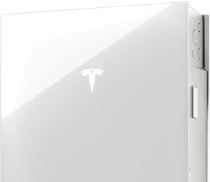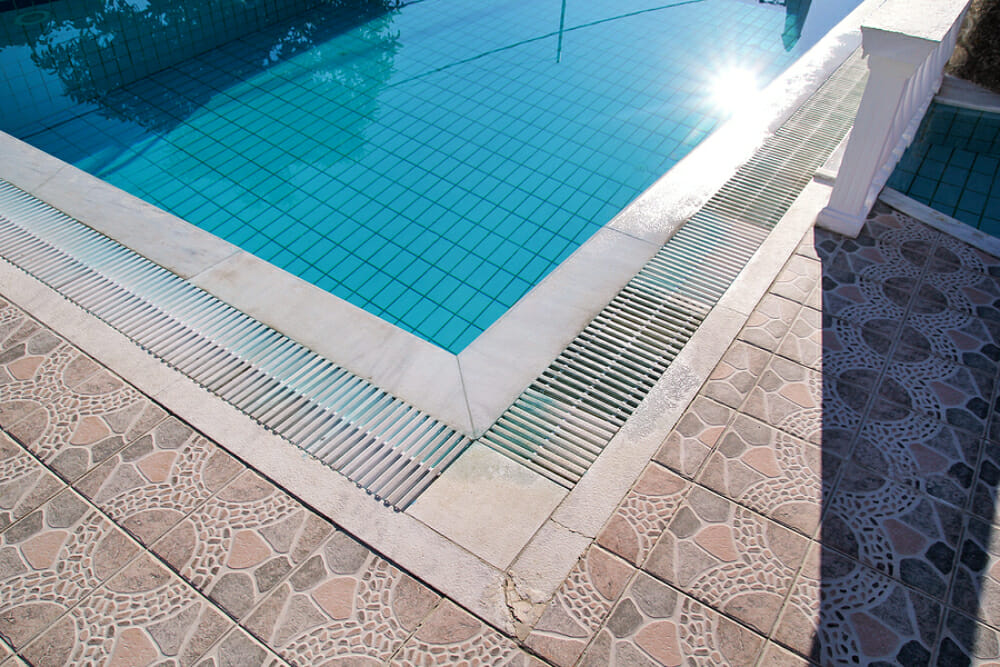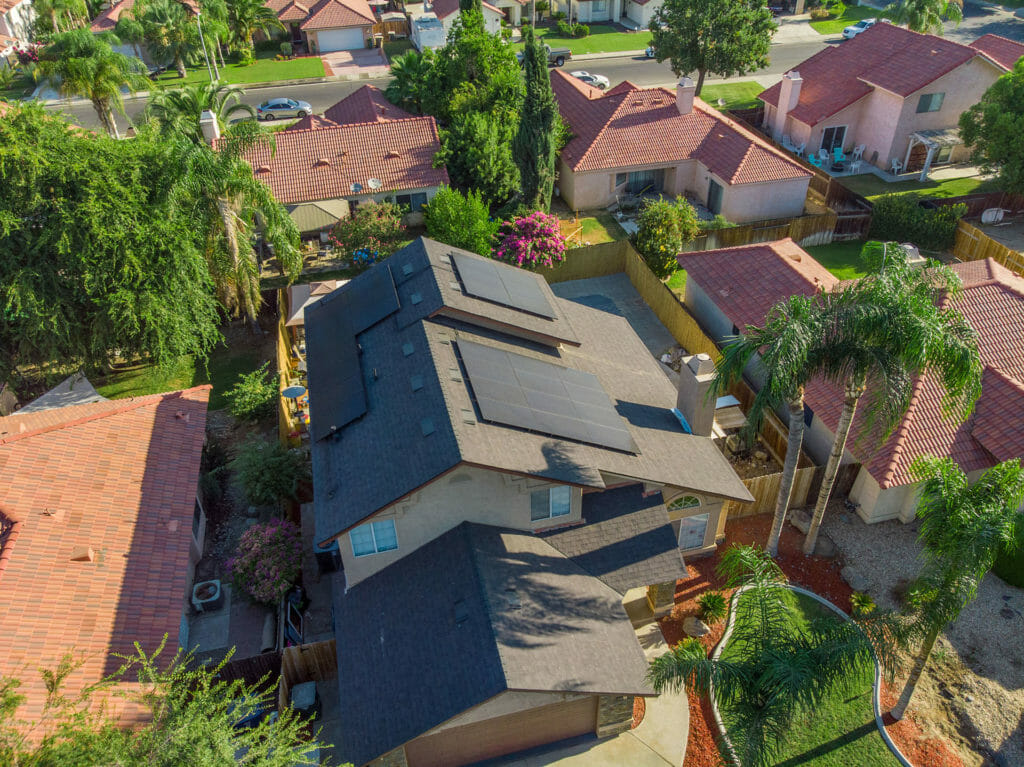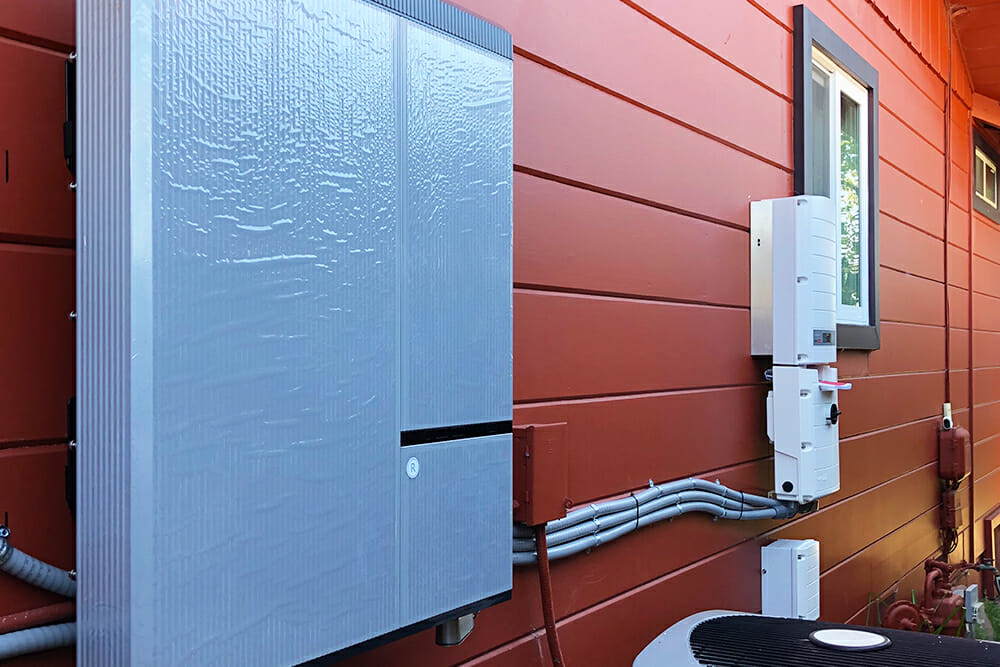You might think that hot climates, like California’s Central Valley, are the ideal locations for solar. These regions get sun virtually all year round and the temperatures routinely reach triple-digits in the summertime.
Conversely, if you live in a cold climate—or it’s currently the dead of winter—you might wonder if solar power is a good option. Days get shorter, temperature drops, and rain and snow can be a daily occurrence.
For solar panels, the optimal outdoor temperature—the temperature at which a panel will produce the most amount of energy—is a modest 77°F. Here’s how temperature affects solar production.
A solar panel’s current and voltage output is affected by changing weather conditions, and must be adjusted to ensure proper operation in your region.
Let’s get some definitions out of the way. Voltage is the difference in electrical charge between two points in a circuit. This difference in charge allows electricity to flow. Current is the rate at which electricity flows through the system.
Temperature affects solar panel voltage and current. As temperature increases, it reduces the amount of energy a panel produces. This is due to an increase in resistance—high temperatures slow the speed of the electrical current. Likewise, as temperature decreases resistance is decreased and energy production goes up.
Think of it like going for a jog on a hot 95ºF day. Exercising in this type of weather is hard. Now, imagine that same jog on a 70ºF day—sounds a lot easier, right? That’s because it is! In cooler weather, your body doesn’t have to try so hard to run the same distance. Solar panels work in the same way. On a cool and sunny day, panel voltage is higher and current flows faster than on a hot and sunny day.
The optimal solar panel performance temperature is around 25°C, or 77°F. Why that specific temperature? It’s the industry standard—panels are tested and rated at 77°F. To figure out how well a panel performs in hotter temperatures, look for the temperature coefficient number. The temperature coefficient will tell you the percent decrease in energy production as temperature rises above 77°F. This figure should be listed along with other panel specs, including the power rating and degradation rate.
For example, if a solar panel has a temperature coefficient of -0.36% per degree of Celsius (-0.20% per degree Fahrenheit), when the panel’s temperature increases by one degree Celsius from 25°C to 26°C (or two degrees Fahrenheit, from 77°F to 79°F), its energy production will drop by 0.36%. If the solar panel’s temperature goes up to 35°C (or 95°F) energy production will reduce by 3.6%.
To give some additional context, you can multiply the percentage of power lost at a specific temperature by the solar panel’s wattage to determine how much wattage is lost. For this, let’s use a 320W panel. If we apply the above example, 3.6% of lost power x 320W = a wattage loss of 11.5. This means at 95°F, the solar panel with a maximum power output of 320W would only generate 308.5W of power.
Understanding optimal solar panel temperature is a big piece to the energy production puzzle.
As you now know, solar panels work best in cool, sunny climates. Since weather is always changing and because panels get installed in cities and towns all over the world, most panels do not operate under ideal conditions. But it’s not like warmer regions shy away from solar—in the U.S., California has the most solar installations of any state. Solar in California works incredibly well.
Still, it is critical to understand the drop in energy production when temperature increases. On average, silicon crystalline solar system modules suffer a temperature coefficient between -0.30% to -0.45% per degree rise in temperature above 77°F. Mitigating this power loss is the work of the solar installer and engineers.
Using weather data, engineers can estimate how much energy a PV power system might generate over its lifetime. They can then design ways to improve the efficiency of the solar panels installed in non-optimal climate regions. In hot climates, they might pass cool liquid underneath the panels to pull away heat from the panel’s surface. This is similar to how your body sweats to keep you cool on a hot summer day.
There are other ways to cool panels in hot climates in order to increase efficiency. Specific types of roofing material, like metal, better reflect sunlight and can help panels stay cool. This might be something installers recommend, especially if your roof is old and in need of replacement. Installers can also raise the panels off the roof, allowing for air to pass beneath. Or, they might attach fans that circulate air beneath the panels. The cooler the panel, the more efficient it will be.
To improve system performance in warmer climates, use modules that have a low temperature loss coefficient. Production will still be lost as temperature rises, but it won’t be as big a loss. Your installer should then decide how best to increase airflow around the panels.
At Ilum Solar, our engineers know all about temperature coefficients. We install solar for customers all over California and parts of Nevada—high temperatures don’t faze us or our panels. No matter where you live or what the temperature is, we can install solar on your home or business! Give us a call today or fill out our online form.





